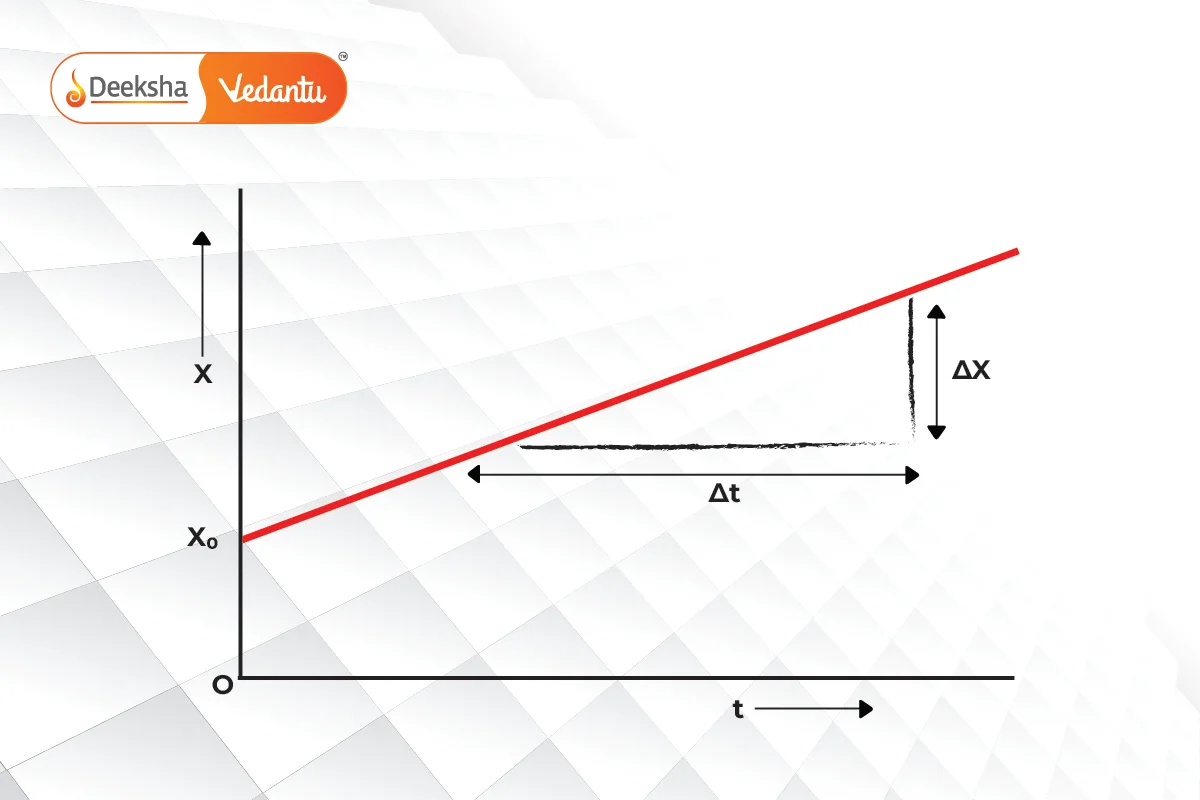What is Velocity?
Velocity is a fundamental concept in physics that describes the rate at which an object changes its position in a particular direction. It is a vector quantity, meaning it has both magnitude (speed) and direction. Velocity tells us how fast something is moving and in which direction, making it crucial in understanding motion.
Formula for Velocity
The basic formula for velocity () is:
Where:
is the velocity,
is the displacement (the straight-line distance from the initial to the final position),
is the time taken.
The unit of velocity is meters per second in the International System of Units (SI).
Velocity vs. Speed
Although velocity and speed are often used interchangeably in everyday language, they are not the same in physics:
- Speed is a scalar quantity that measures how fast an object is moving without regard to direction.
- Velocity, on the other hand, is a vector quantity that includes both the magnitude of speed and the direction of motion.
For example, if a car moves at in a straight line north, its speed is
, but its velocity is
.
Types of Velocity
- Uniform Velocity:
An object is said to have uniform velocity when it covers equal displacements in equal intervals of time, no matter how small the time intervals are. In other words, the object’s speed and direction remain constant. - Variable Velocity:
An object has variable velocity when either its speed or direction changes during motion. In such cases, the object does not cover equal displacements in equal time intervals. - Average Velocity:
Average velocity is the total displacement divided by the total time taken. It is useful when dealing with motion that involves changes in speed or direction.
The formula for average velocity () is:
Where:is the total displacement,
is the total time.
- Instantaneous Velocity:
Instantaneous velocity is the velocity of an object at a particular moment in time. It gives the rate of change of displacement at any specific instant.
Acceleration and Velocity
When an object’s velocity changes over time, it is said to be accelerating. Acceleration is defined as the rate of change of velocity:
Where:
is the acceleration,
is the change in velocity,
is the time taken for the velocity to change.
If the velocity increases, the object experiences positive acceleration. If the velocity decreases, the object experiences negative acceleration, also known as deceleration.
Graphical Representation of Velocity
In physics, displacement-time and velocity-time graphs are used to represent motion:
- A displacement-time graph with a straight, upward-sloping line indicates uniform velocity.

- A velocity-time graph where the line is horizontal shows constant velocity, while a sloping line indicates changing velocity (acceleration or deceleration).

Examples of Velocity Calculations
Example 1:
- A car travels 120 km north in 2 hours. What is its velocity?
- Using the velocity formula:
- The velocity of the car is
.
- Using the velocity formula:
Example 2:
- A train moves with variable velocity. If it travels 100 meters east in 10 seconds and then 50 meters west in the next 5 seconds, what is the average velocity?
- First, calculate the total displacement:
- Then, calculate the total time:
- Now, calculate the average velocity:
- The average velocity of the train is
.
- First, calculate the total displacement:
Applications of Velocity
Velocity plays an essential role in many areas of daily life and science:
- Sports: In sports, velocity is crucial in understanding the motion of athletes and projectiles, such as balls.
- Transportation: The velocity of vehicles helps determine travel time and fuel consumption.
- Space Exploration: The velocity of spacecraft is carefully controlled to reach specific destinations like the Moon or Mars.
- Physics and Engineering: Velocity is used in designing systems involving moving parts, such as machinery and robotics.
FAQs
Average velocity over multiple intervals can be calculated by dividing the total displacement by the total time taken for the journey.
A change in direction affects velocity since velocity is a vector. Even if the speed remains constant, a change in direction means a change in velocity.
In projectile motion, velocity has both horizontal and vertical components, and the magnitude and direction of the velocity change over time due to gravity.
Instantaneous velocity is the velocity of an object at a specific moment in time.
Acceleration is the rate of change of velocity. If acceleration is positive, the velocity increases, and if acceleration is negative (deceleration), the velocity decreases.
Average velocity is the total displacement divided by the total time taken. It gives the overall rate of change of position over a time interval.
The SI unit of velocity is meters per second (m/s).
Yes, velocity can be negative if the object is moving in the opposite direction relative to a chosen reference point.
Speed is a scalar quantity that refers to how fast an object is moving, while velocity is a vector quantity that includes both speed and direction.












Get Social